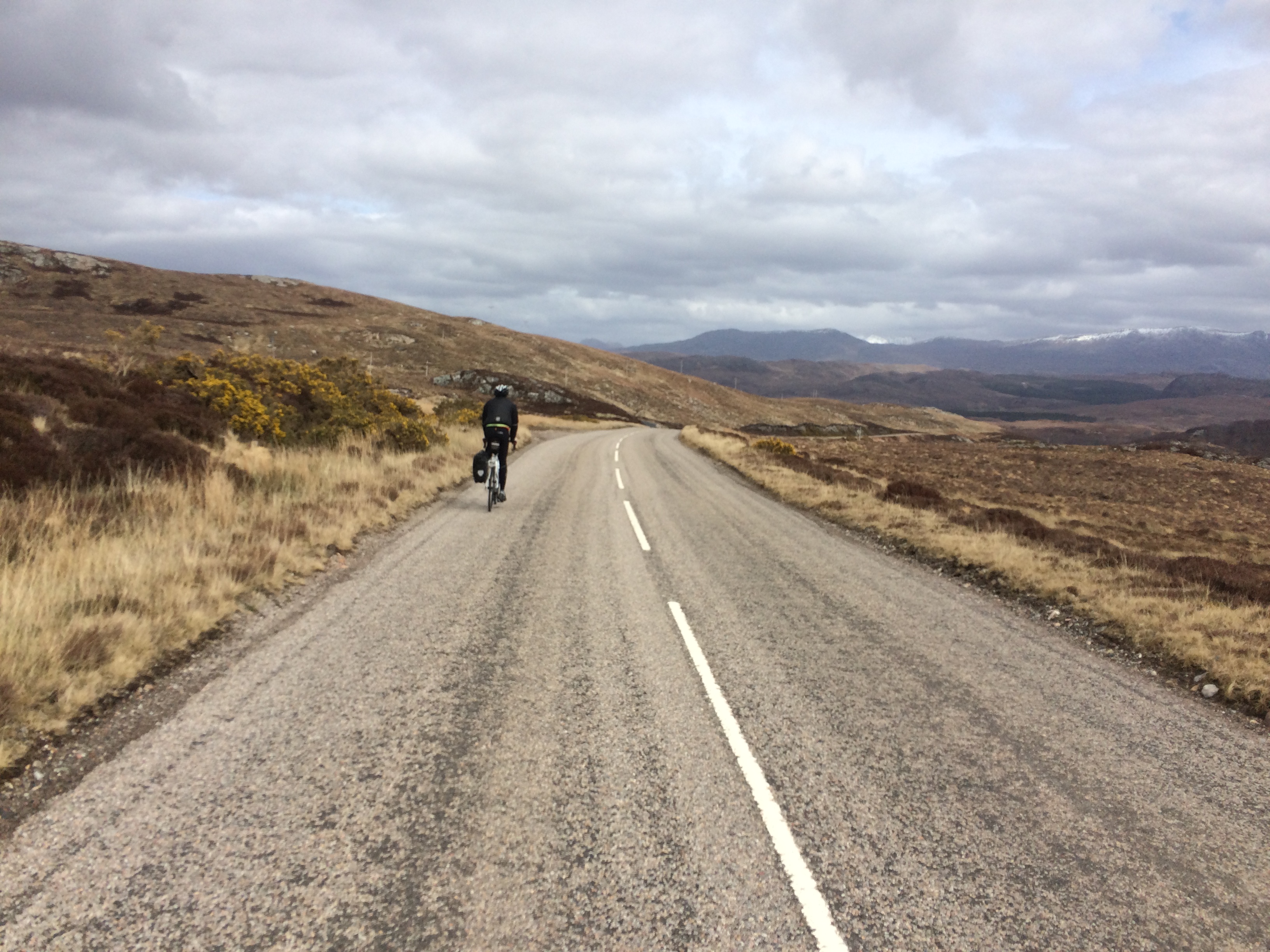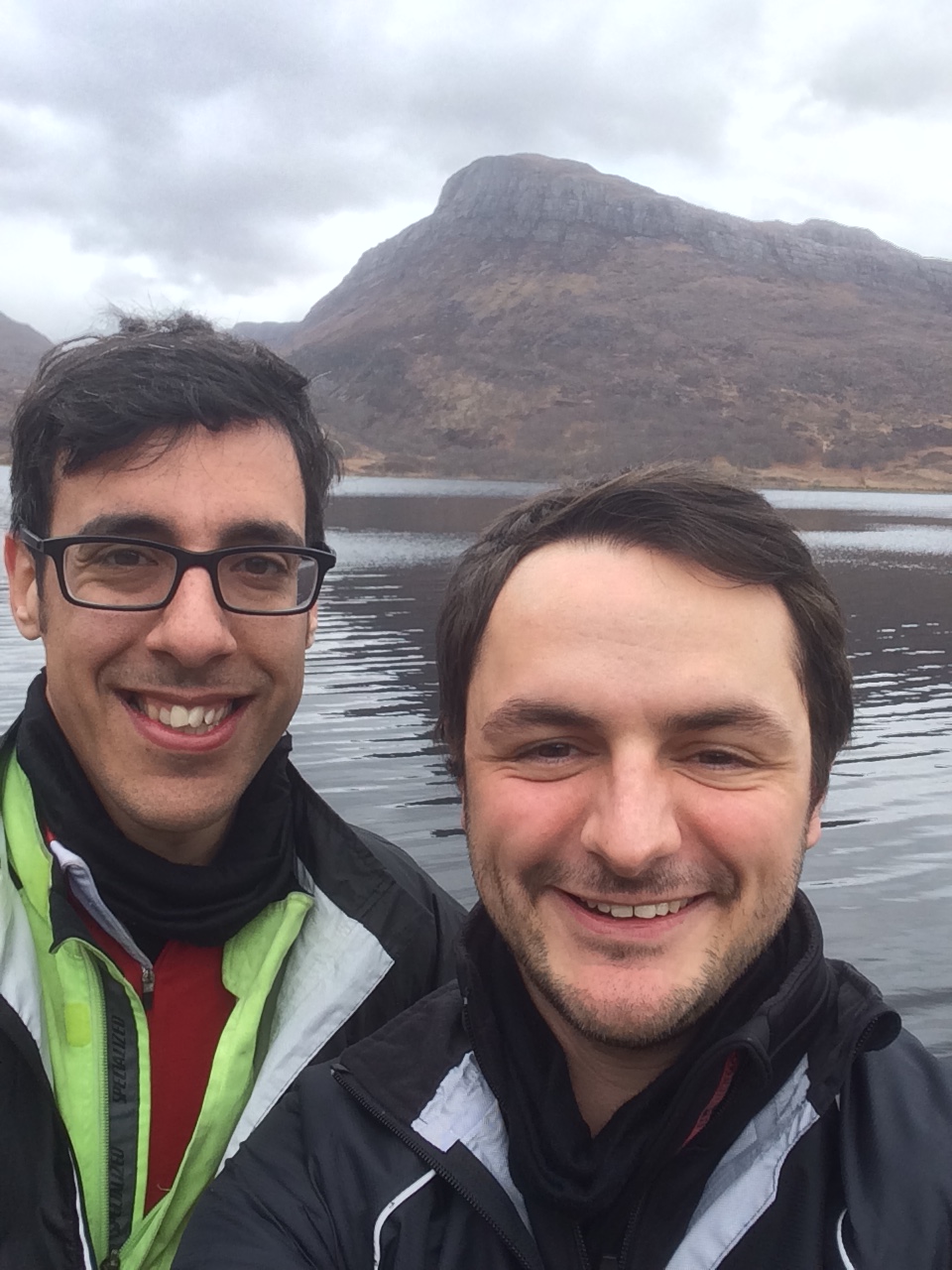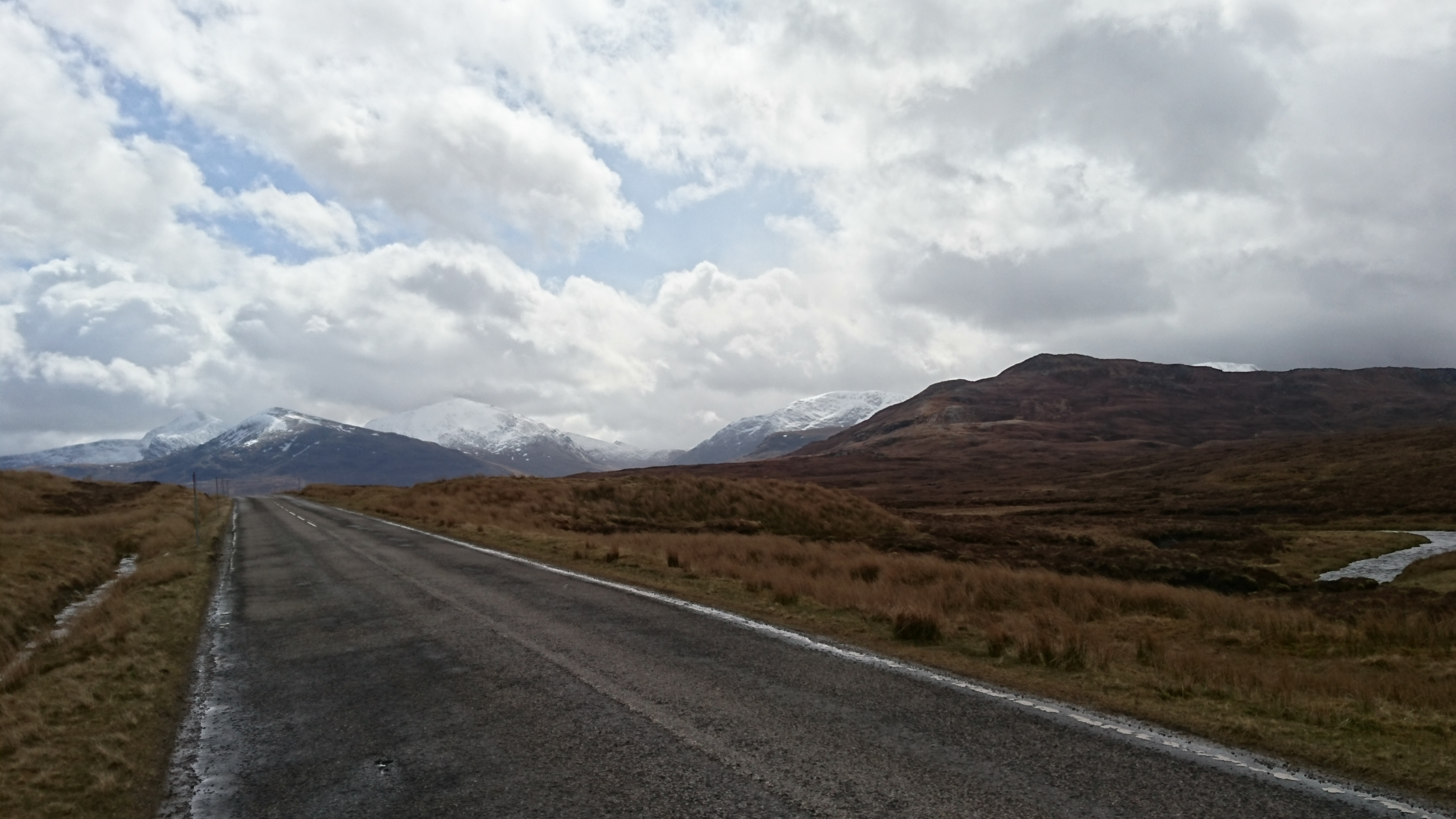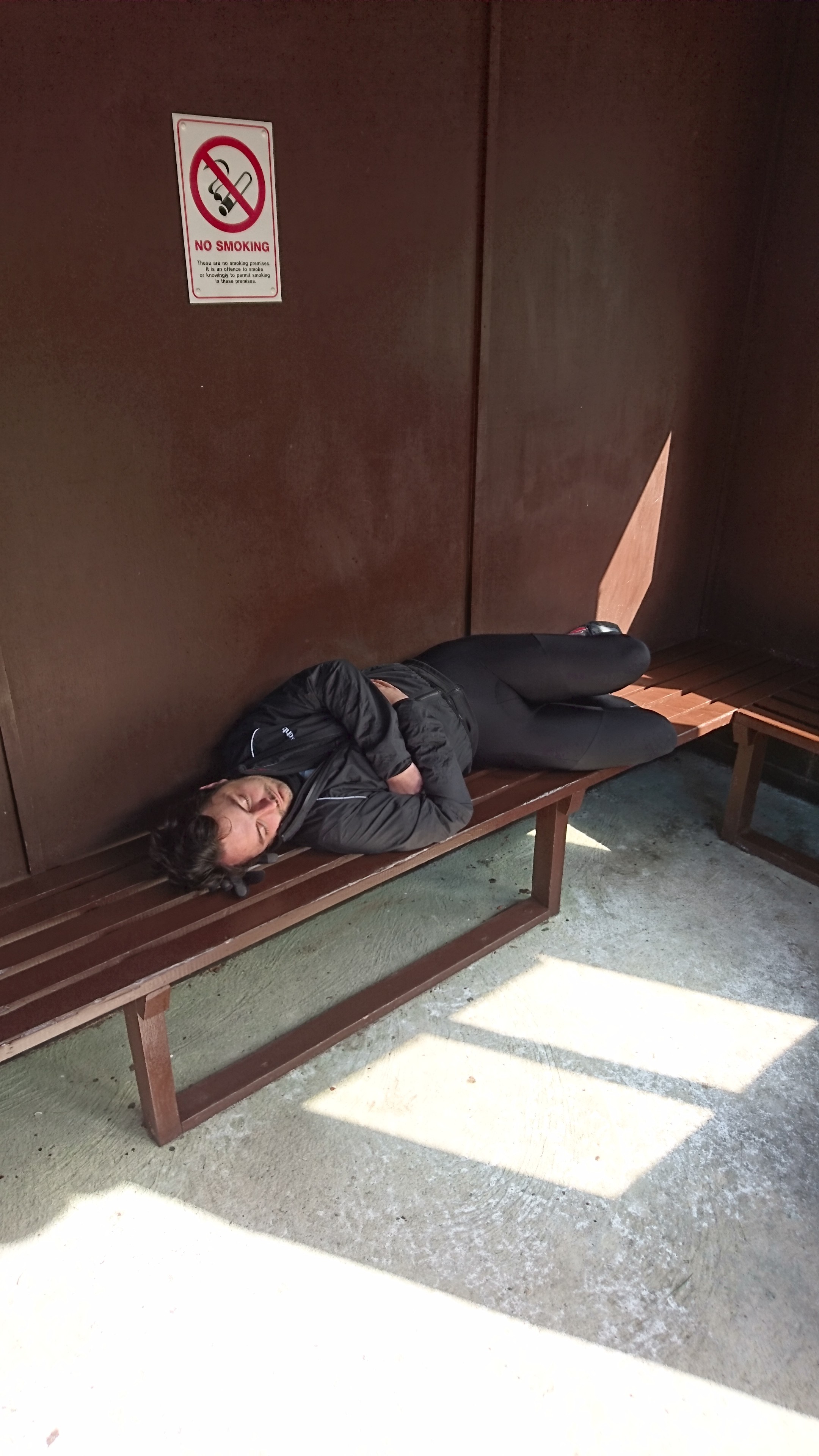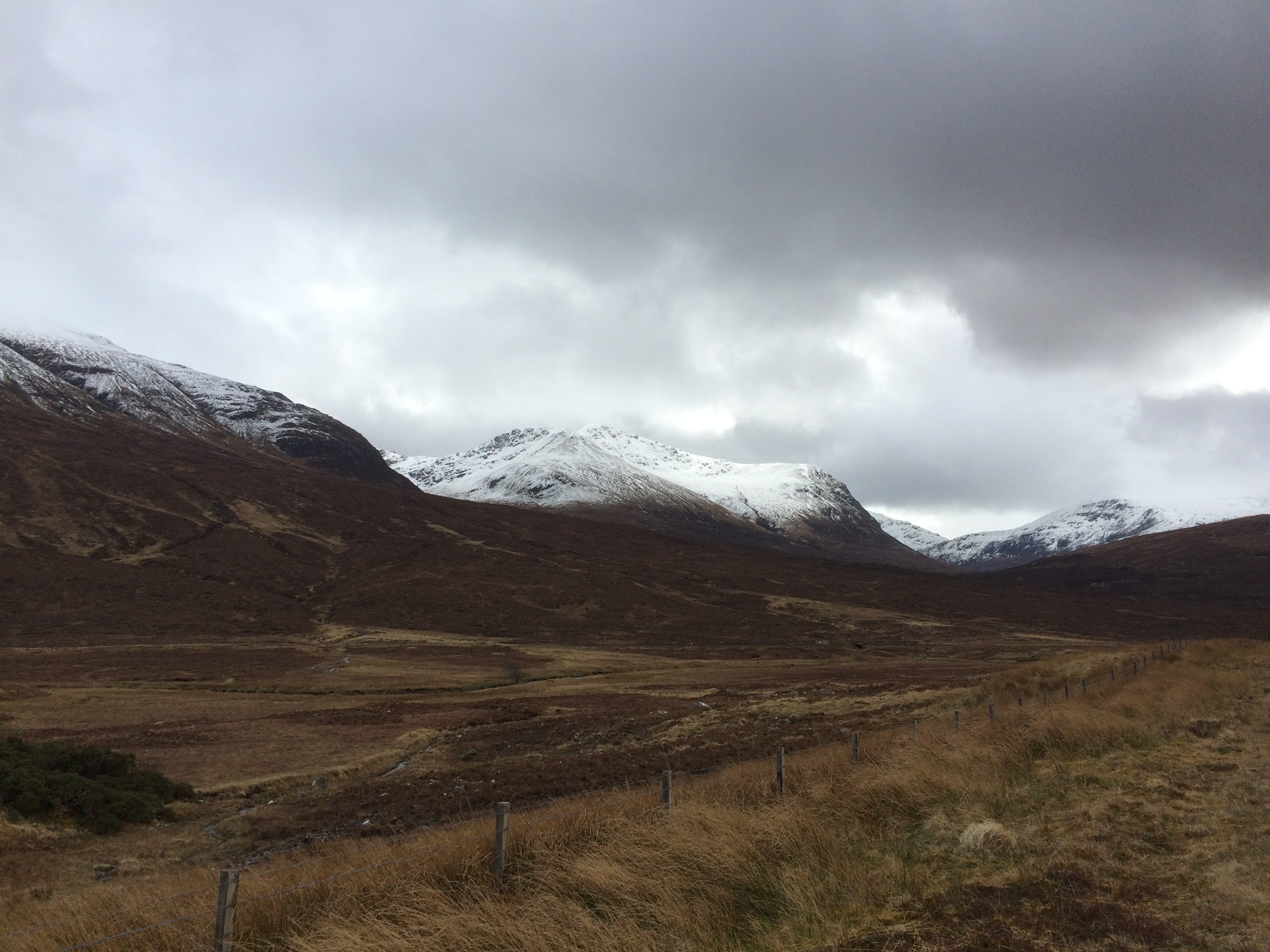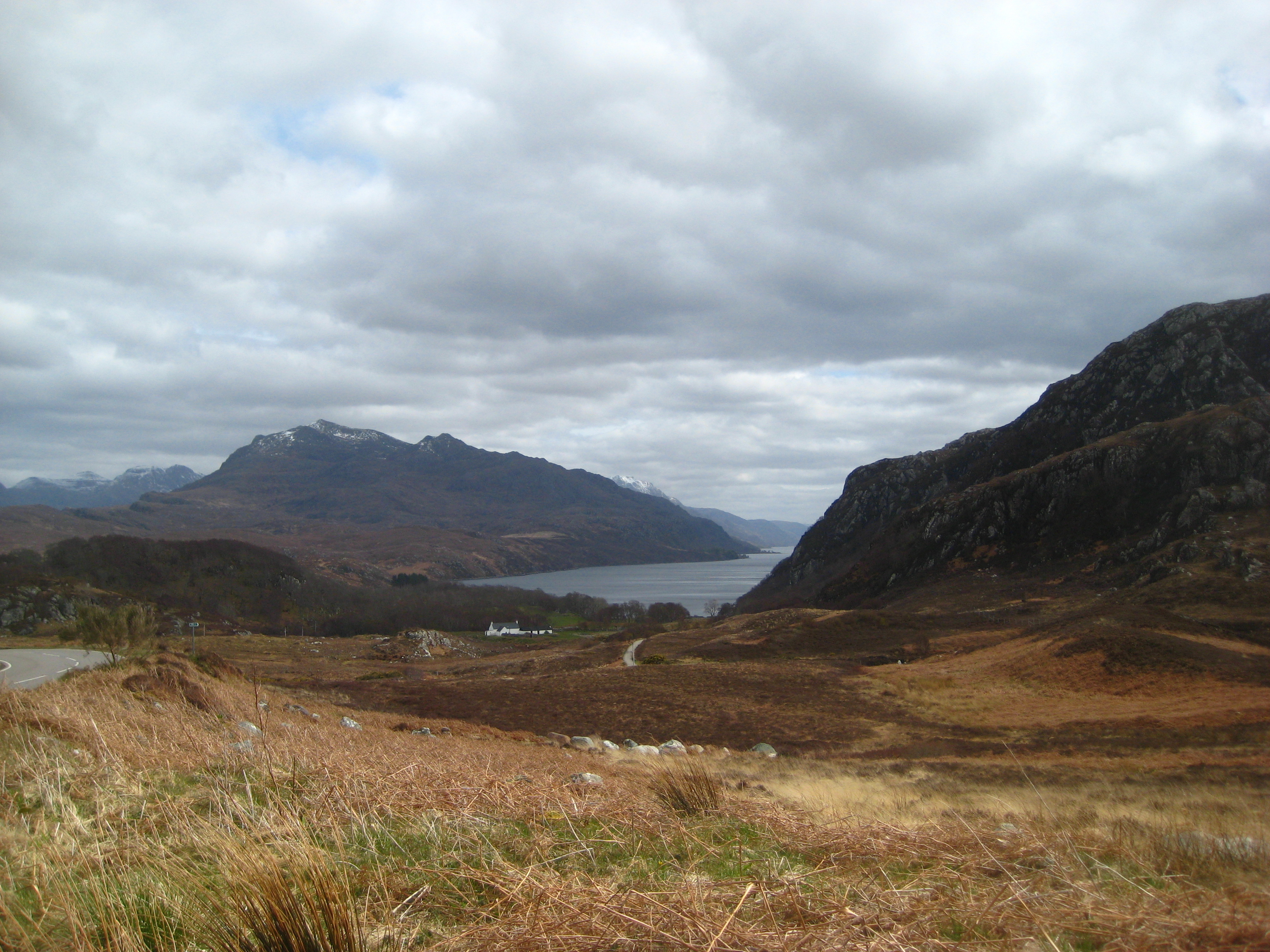I’ve written another article for Create Hub. This one focuses on things I think the arts sector could look at to try and have a better time when it comes to delivering digital projects.
One thing I debated including, but ultimately didn’t, was about purpose, and justification. Your project has to have a reason for existing. “Because everyone else is doing it” or “we’ve been given some money” are not really good reasons to do anything.
In the not so distant past I did the PRINCE2 Practitioner qualification, PRINCE2 is a project management methodology that is used relatively widely on large, complex projects. Public sector projects are frequently delivered through this methodology (and I believe the UK government actually has a stake in the company that delivers the PRINCE2 qualifications). Anyway, all of that is fairly irrelevant. What is relevant is that there is a stage within the PRINCE2 process called IP, or Initiating a Project. This stage, amongst other things, aims to “Agree whether or not there is sufficient justification to proceed with the project” and “Document and confirm that an acceptable Business Case exists for the project”. Once again I am not evangelising on behalf of a particular methodology but both of these points seem, to me, to be useful and vital discussions that should be had with all projects. I have seen so many digital projects in the arts for which there seems no sensible justification and no real business case.
What I’m trying to get at is that if your project doesn’t have a clear purpose it will be almost impossible to deliver successfully. Not only will you end up with frustrated stakeholders but it will be difficult to brief any 3rd parties you need to work with and, if things go wrong, it will be difficult to prioritise to solve whatever issues you run up against. Not only does it need a purpose but there has to be a clear justification for that purpose and, ideally, some sort of business case to support it. Not only will this make your life easier it’ll make it easier to manage the project because everyone will be clear on what you’re all trying to achieve, it’ll be easier to sell to colleagues, work out how it should be funded and generally make everything better.
The best projects I’ve worked on have came from a starting point of solving an actual need/problem and had a clear set of goals in a sensible order of priority. Everyone working on the project understood what the goals were and why they existed and as a result were all bought in and pulling in the same direction from the start. The worst projects I’ve worked on have started because someone was awarded some money for no clear reason, or wanted to copy a competitor – there were conflicting agendas from the outset, noone really understood what was going on and they descended into near-farce. Noone wants to be involved in the latter type of project, it’s rubbish.

